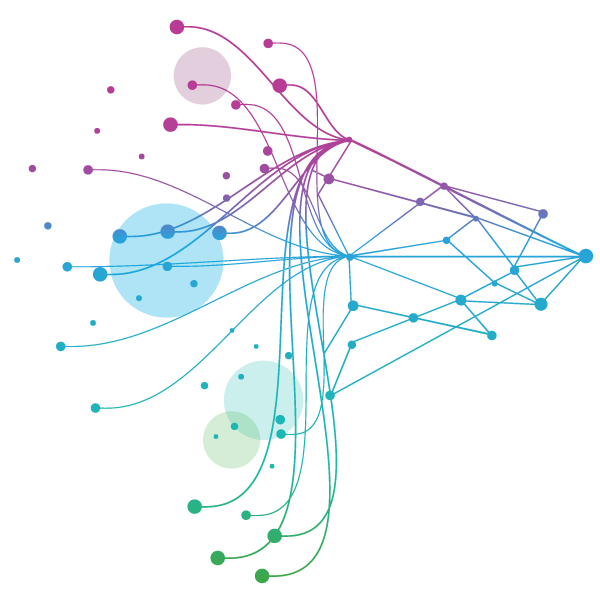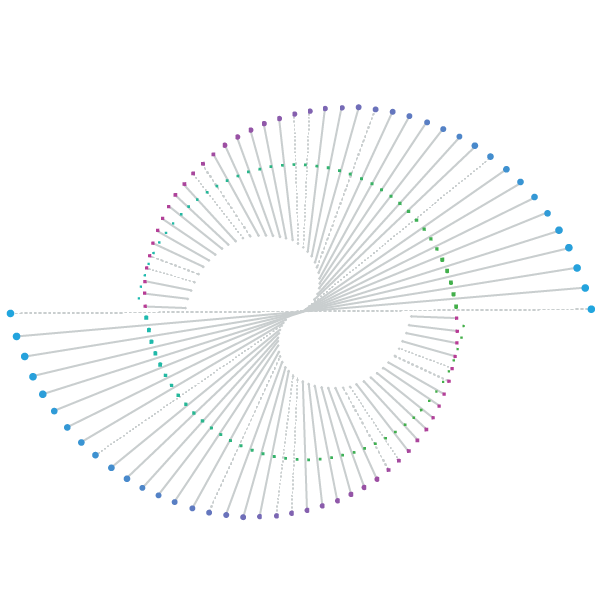Focus oncology development on the patient, manage trial complexity, and increase predictability and speed.






















- Insights
- The IQVIA Institute
- Reports and Publications
- Reports
- Global Oncology Trends 2025
Report Summary:
As a leading cause of premature death globally, cancer remains an important area for continued investment in screening and early diagnosis, access to care, and novel treatment modalities with improved clinical benefits. As a result, the innovation ecosystem that discovers, develops, and delivers breakthrough therapies continues to operate near peak levels and treatment in developed countries is shifting toward newer modalities. However, these shifts may further exacerbate disparities in access to cancer care in low- and middle-income countries and across demographic groups.
Our research profiles the current state of research and development in oncology, including key mechanisms, targets, and cancer types being investigated as well as pointing to some novel areas which are only just emerging. We also look at metrics of clinical development productivity. As more novel cancer medicines are launched, patient access and use of those drugs vary widely around the world. Trends in the use of novel mechanisms in specific cancer types are reported here and intended to provide an evidence base that encourages stakeholder discussion. Finally, the costs associated with treating more patients for longer and with more advanced therapies is bringing stress to healthcare budgets, even as the broader adoption of biosimilars provides some relief and will play an important role in the years to come. How these spending dynamics will play out over the next five years globally is also examined in this report.
Key Findings:
- Oncology R&D activity continues to grow driven by novel modalities:
- Oncology trials starts increased slightly in 2024 to 2,162, following declines after a peak in 2021, and are up 12% from the number of trials started in 2019, primarily focused on rare cancers and solid tumors.
- Novel oncology modalities, especially cell and gene therapies, antibody-drug conjugates (ADCs), and multispecific antibodies, now account for 35% of oncology trials
- Multiple novel modalities are evolving rapidly with significant potential both alone and in combination with each other
- Oncology clinical development productivity has improved but remains challenging:
- The overall productivity of oncology clinical development improved by 51% since 2019 but remains lower than the average observed across all disease areas combined
- Oncology continues to see significant novel medicine launches:
- Twenty-five oncology novel active substances (NAS) were launched globally in 2024, and the average number of new launches annually from 2020–2024 was 26 compared to an average of 16 in the five years prior
- A total of 132 oncology NAS have launched globally in the past five years and 282 over 20 years with large geographic variations, including a notable acceleration in launches in China since 2019
- Cancer patient access to novel modalities is expanding:
- The per capita use of PD-1/PD-L1 inhibitors has risen rapidly in many high-income countries, as PD-1/PD-L1 inhibitor use has shifted to pre-metastatic cancers, earlier lines of therapy, and use across tumors.
- Use of antibody-drug conjugates varies across developed countries but has been growing driven by expansions in eligible patient populations and new launches
- Spending on oncology medicines is growing across geographies and tumors:
- Cancer medicine spending at list prices rose to $252Bn globally in 2024 and is expected to reach $441Bn by 2029
- Double-digit spending growth is forecasted for seven of the top 10 tumors, all areas with significant numbers of breakthrough new medicines, though biosimilar competition for PD-1/PD-L1 inhibitors will slow growth across many of these tumors in 2028 and 2029
- Novel modalities will contribute significantly to spending growth through 2029. Global spending on ADCs and bispecific antibodies in oncology is currently modest but will grow significantly through 2029
Other Findings:

- Oncology trials represent a significant portion (41%) of all clinical trials1 and, after reaching historic levels in 2021, declined through 2023 and rebounded slightly to 2,162 in 2024, up 12% from the number of trials started in 2019 and up 58% over the last decade.
- Phase II trials, including Phase I/II, IIa and IIb, represent the largest share of trials, with 48% of oncology trials started in 2024 being Phase II compared to 38% Phase I and 14% Phase III.
- Most oncology trials are focused on rare cancers, with 74% of trial starts in 2024 evaluating medicines for rare cancers, growing by 3% compared to 2023.

- The average number of countries with sites in trials has been trending down both from the decline in the share of multi-country studies and from the increasing activity for single-country trials, especially in China.
- Multi-country studies represented 37% of trial starts in 2015 but have dropped to 20% in 2024, with the absolute number of starts at 503 in 2015, peaking at 644 in 2021 and declining to 403 in 2024.
- With single-country trials rising in overall importance, regulators’ focus on representativeness of study populations for their real-world patients puts significant pressure on trial design and/or may result in studies which do not support wider geographic approvals.

- Globally there were 132 oncology NAS launched in the past five years, up from 79 in the prior five years, while the number of launches by key geographies shifted considerably.
- China accelerated from just 37 NAS in 2015–2019 to 84 in the last five years, nearly equal to the U.S. which had 85 launches.
- Notably, China had 45 NAS in the past five years that have not launched in other markets to date, beginning a pattern of domestic-first or domestic-only innovation not previously seen.

- The wide adoption of PD-1/PD-L1 checkpoint inhibitors reflects their strong efficacy across a range of solid tumors, including several with tissue-agnostic approvals triggering their use with biomarker testing results.
- Usage has varied considerably across countries, with France, Germany, and the U.S. using nearly two to three times more of these drugs per capita than the UK and Canada.
- Many of the nine leading developed countries have similar rates of usage to other Western European countries, while Nordic countries lag behind.

- Spending on cancer medicines, not including additional medical costs or supportive care medicines, grew 75% over the last five years, reaching $252Bn in 2024.
- Growth in spending averaged 11.9% annually 2020–2024, with a brief slow down in 2022 as countries continued to recover from the COVID-19 pandemic and volume growth was flat.
- Growth is expected to slow beginning in 2027 as a number of backbone therapies begin to face generic and biosimilar competition, providing savings for both patients and payers.
Video
Global Oncology Trends 2025: Video Brief
Related solutions
Oncology Expertise that Fuels Your Development Success
Unravel the complexities of cancer treatment with patient-level data-driven solutions.





